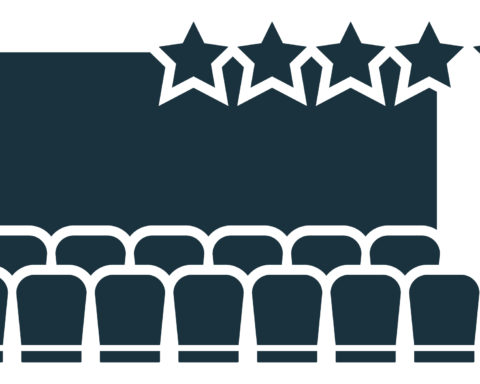Baltimore, MD—With reports of overwhelmed hospitals, impending economic disaster, and an ever-dwindling supply of toilet paper, a world in lockdown looks to the internet to make the most of time in quarantine.
With so much time on their hands, people around the world have embraced creative challenges. Shortly after the J. Paul Getty Museum was forced to shut its doors to the public, museum staff decided if the people could not come to the art, they would bring the art to the people. The museum encouraged people to visit the museum’s website and explore the online collection to find works to recreate at home. Soon, beautifully lit photographs of these shelter-in-place masterpieces were being shared on Facebook, Twitter, and Instagram. To recreate “Madonna and Child,” one woman used a dark blue bath towel and her adorable, wide-eyed pug. Other quarantine artists recreated “The Death of Marat,” “The Birth of Venus,” and “The Scream.” In a post-pandemic world, will these photographs of reimagined artworks be preserved alongside the originals? Are we all artists now?
Annelisa Stephan, the Getty’s Assistant Director for Digital Content Strategy and User Experience Design, discussed the public reaction to the museum’s online challenge. Stephan says that “it just started to blow up beyond any of our expectations . . . I heard about grandmas in their nineties who never used social media, looking at our Twitter thread and just laughing for hours on end. I think that was sort of the magic of it. That it became a public art exhibit in a way, a museum without walls.” So did the pandemic turn people into artists overnight? Stephan believes “everyone is creative . . . every single person.” Many of those who sheltered in place suddenly had the time, the space, and perhaps the need to focus on the artist within.
At Johns Hopkins University, library staff considered how to share their own vast collection of rare books, manuscripts, maps, and other ephemera with an audience on lockdown. So Johns Hopkins Sheridan Libraries & University Museums rolled out #JHUMakesToys, a social media challenge where participants follow illustrated toy maker instruction cards from the 1930s to create toys out of common household items. These instruction cards will help today’s toy makers fashion a Viking ship of cardboard with a real cloth sail, a matchstick doll with an acorn head or even a tiny model village complete with bridge and trees.
Heidi Herr, outreach librarian for Johns Hopkins Sheridan Libraries, explains that staff “were trying to come up with ways to teach and engage our audience both locally and more broadly . . . and we thought that a fun thing to do that might be nice to keep community engagement active would be looking at the old toymaker cards.” While assembling these toys is entertaining and educational for adults and teens, this particular challenge might not be suitable for young children today. Herr says, “One of the things that I’ve found very interesting about making these is realizing just how dangerous they are . . . a lot of these toys require that you handle matches and today, of course, this idea of giving kids matches to play with is kind of bizarre.”
Community response to the toy making has been so positive, Herr is planning a cooking challenge for June inspired by the rare cookbooks in the Johns Hopkins University collection. Herr says, “We have these 18th- century English cookbooks that all contain a very similar recipe for creating a dessert that looks like a hedgehog! . . . And one of the things we’re thinking about is kind of creating a challenge to ask people to create their very own dessert hedgehogs.” With life as they knew it on hold, people might just be up for a dessert hedgehog adventure.
It is clear that online resources are filling a creative need that has exploded during the pandemic. The internet has become a global classroom with people the world over using technology to learn new skills as never before. People are sewing cloth masks from their kitchen tables, filling their apartments with the smell of fresh baked bread, starting seedlings on window sills, pickling anything they can find, making their own cheese, and brewing up their own kombucha. Like the protagonist in the 2010 animated film Tangled, who, held captive in a tower, spends her days of isolation baking, knitting and candle-making, people in quarantine are finding their new life is a do-it-yourself life.
Baltimore City resident Salle Carter has been teaching herself new culinary tricks. Carter says, “Oh the cooking! That’s been fun.” Carter and her husband are both at higher risk of suffering ill effects of Covid-19, so she is grateful to have high-quality food items delivered to her door as they shelter in place. Carter says, “I have found that in Baltimore we are really blessed . . . our Italian store . . . they have curbside . . . our seafood we get from DePaulo’s . . . our fruits and vegetables we get from Faba’s Fruits & Vegetables.” Carter reports that her husband has enjoyed her new cooking adventures. And as for her hometown’s signature culinary dish? Carter says, “I have definitely perfected crab cakes . . . I have it down pat.” Seemingly, quarantine has made us all artists – and the Internet our gallery. The Internet has become a powerful creative outlet for us all, inspiring and uniting each other, whether it be from six feet or six hundred miles.







